Second migrant child's death in custody raises alarm for doctors as Nielsen tours border
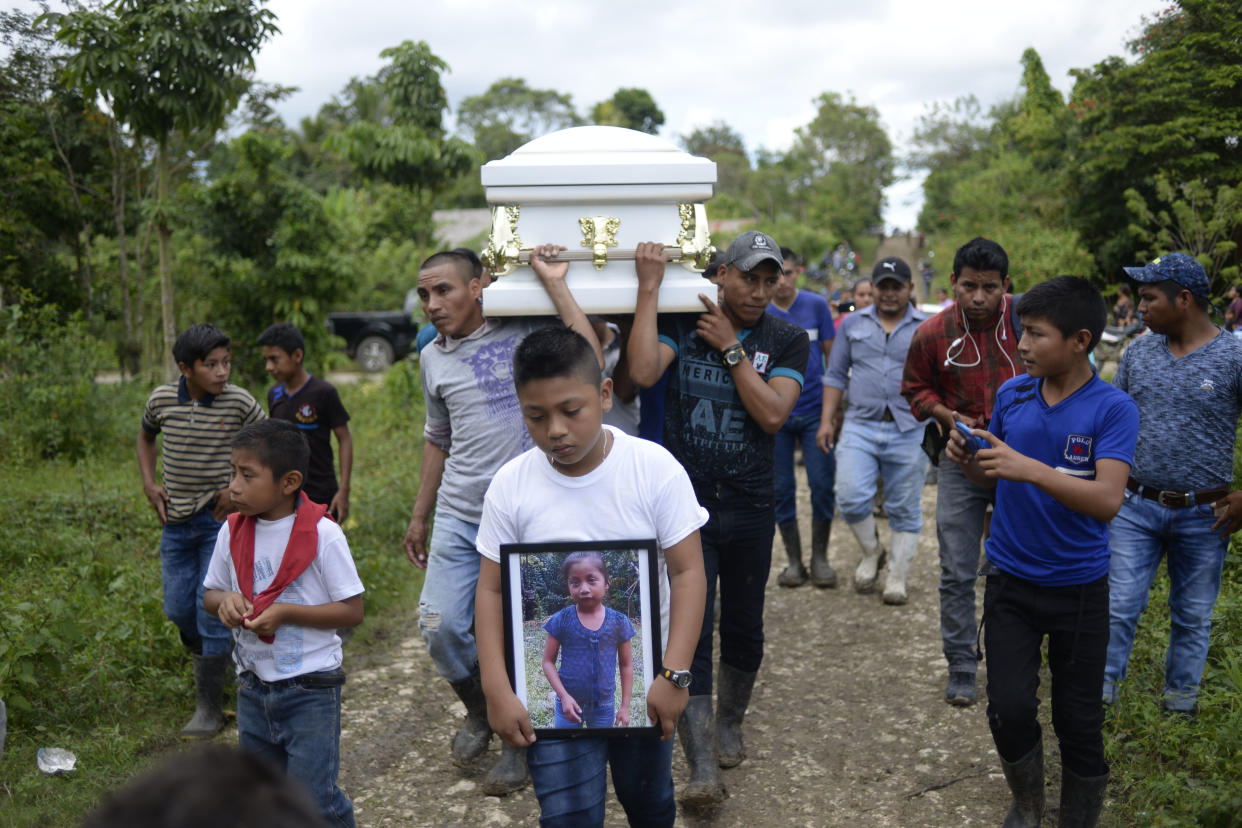
The death of an 8-year-old Guatemalan immigrant in custody on Christmas Eve is a sign that U.S. officials need to make dramatic improvements to health and sanitation conditions at the border, especially for children, according to a physician familiar with medical issues faced by migrants.
The New Mexico Office of the Medical Investigator announced Thursday that nasal and lung swabs from the child, Felipe Gomez Alonzo, tested positive for influenza B, although there was no official determination of the cause of death.
Felipe was the second migrant child to die this month while in the custody of U.S. Customs and Border Protection (CBP). On Christmas Day, hours after Felipe was pronounced dead, 7-year-old Jakelin Caal Maquin was buried in the rural Guatemalan village where she had lived with her family before she and her father embarked on the long and arduous trek to the United States. Like Jakelin, Felipe had also made the journey north from Guatemala with his father.
On Wednesday, Homeland Security Secretary Kirstjen Nielsen ordered a number of measures to address the medical needs of children in Border Patrol custody. Among the actions outlined in a statement from Nielsen were requests for help from the Centers for Disease Control and Prevention as well as U.S. partners in Mexico to investigate the “uptick in sick children crossing our borders.”
That was the first public mention of such an “uptick,” and Alan Shapiro, a New York City pediatrician who runs a program for immigrant children and families and has recently visited the border, is skeptical. “To say this is a new issue is disingenuous,” he told Yahoo News. “It’s the winter. There’s an uptick everywhere in the country of viral illnesses in winter. That’s not specific to migrants.”
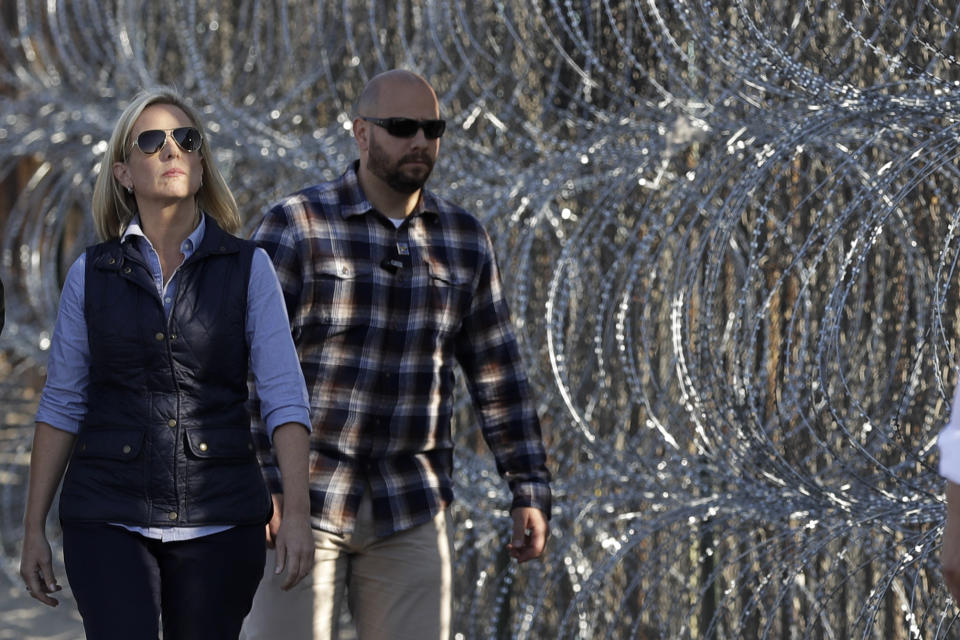
The threat of migrants bringing disease (as well as crime and drugs) from other countries has been a theme of much of the Trump administration’s campaign for tighter border security.
Shapiro is a co-founder of Terra Firma, a Bronx-based program that provides medical and legal services to unaccompanied immigrant children and asylum-seeking families. He has visited and observed conditions at all three of the family detention facilities operated by ICE (Immigration and Customs Enforcement) as well as the Ursula Border Patrol Central Processing Center in McAllen, Texas, and the sprawling tent city in Tornillo, Texas, that, as of last month, held upwards of 2,000 unaccompanied immigrant teens. Earlier this month, Shapiro, who is also a member of the American Academy of Pediatrics’ Immigrant Special Health Interest group, visited migrant camps and shelters in Tijuana on behalf of the AAP.
Nielsen’s statement alluded to the “medical challenges” faced by children making the journey across Mexico on foot or aboard crowded buses or trucks. “To put this in perspective, there were six migrant deaths while in CBP custody during FY 2018 — none whom were children. In fact, it has been more than a decade since CBP has had a child pass away in their custody,” read a statement issued by Nielsen on Wednesday. “It is now clear that migrants, particularly children, are increasingly facing medical challenges and harboring illness caused by their long and dangerous journey.”
Asked to provide more details about the “uptick” described by Nielsen — such as when it began, how many cases have been reported, and what kinds of illnesses are involved — a Department of Homeland Security spokesperson declined to provide any information on the record. A spokesperson for the Centers for Disease Control and Prevention referred questions about possible work with DHS to the Department of Health and Human Services, which did not respond to requests for comment by late Friday.
Shapiro said he could not speak to the specifics of these two latest cases, but he said the conditions migrant children endure, both en route to the border and once in U.S. custody, can make them susceptible to influenza, upper respiratory infections and other viral illnesses common in this part of the world during winter. If not treated promptly, they can be fatal.
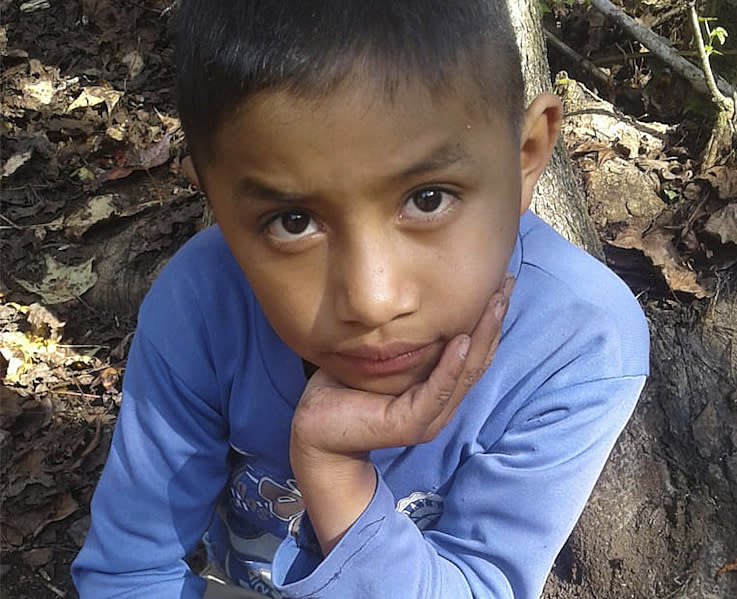
The trip from Central America, which can take weeks or even months, is “a really important element of children’s health and well-being,” from the traumatic experience of fleeing home to exposure to natural elements, human threats, and often hunger, Shapiro said. He noted that children often travel to the border in large groups that include other children who may be ill.
“When they get to the border they’re oftentimes in a weakened state. So what they need more than anything is to be cared for in a humane way.”
Instead, the first place migrants are typically taken upon crossing the border are temporary holding facilities commonly referred to as “hieleras,” the Spanish word for icebox, because of their notoriously cold temperatures. Inside these facilities, operated by U.S. Customs and Border Protection, the lights are kept on 24 hours a day and toilets are communal and public, often located in the same confined space where migrants are held in large groups with nowhere to sleep but the ground.
“Sometimes they come into these centers wet … after crossing a river or being caught in the rain … and have to wait half a day before being given dry clothes,” said Shapiro. Being forced to sit in a freezing-cold facility in wet clothes is “not good for any of us, but these kids are especially tired and weakened.”
The biggest problem in Shapiro’s view is that CBP processing centers are staffed by law enforcement personnel, not child welfare workers or health-care providers. As CBP Commissioner Kevin McAleenan has acknowledged, the facilities were designed to hold single men who in years past made up the majority of unauthorized border crossers. But the agency has done little to improve its facilities or change its procedures to account for the fact that children and families now predominate.
“It’s mind-boggling,” said Shapiro.
At CBP processing centers, he said, “they check migrants for lice and for chickenpox. [They’re] not doing thorough medical intakes, so of course things are going to get missed. Families have to wait a long time before [illnesses are] taken seriously, or just taken care of.”
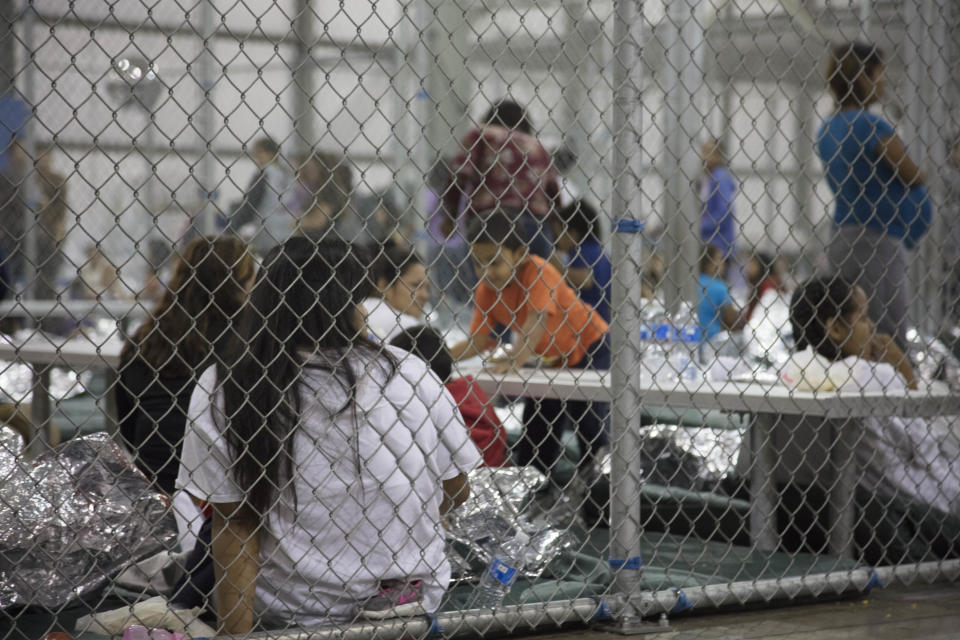
Shapiro’s descriptions of the conditions at CBP processing centers and other facilities that are used to hold recently apprehended migrants are consistent with other, earlier accounts, indicating that the problems have been going on for years.
In 2016, amid an ongoing lawsuit by the ACLU of Arizona and a number of other immigrant and civil rights groups alleging unconstitutional conditions at such facilities, the U.S. District Court in Arizona ordered the release of video stills and expert testimony corroborating descriptions of overcrowded, unsanitary cells and freezing-cold cells where the Border Patrol holds migrants, including asylum-seekers and mothers with small children and even infants, for several days at a time.
“The absence of medical screening upon arrival is unthinkable,” the former head of prisons for Washington State, Eldon Vail, said in a declaration filed in the case. “Sufficient food, water and clothing are fundamental to safe, secure and humane operation, but I have never seen the challenges the CBP creates for detainees for access to these basic necessities.”
“In a detention facility where detainees are held in overcrowded conditions, it is my opinion this creates an unreasonable risk for the spread of disease or infection among the detainees and the staff who work there,” Vail wrote of detainees’ lack of access to showers or even hot water in the Border Patrol facilities he visited. “I would think that CBP administrators would want to do more to protect their own staff if for no other reason.”
In September, the Guardian interviewed dozens of asylum-seekers who received emergency medical care from a team of volunteer doctors and nurses upon their release from Border Patrol custody in McAllen. They too provided consistent accounts of the conditions at various detention facilities on the border, from freezing temperatures and round-the-clock lighting to sparse and unpalatable food, as well as water that tasted like chlorine.
A Honduran woman who had been detained with her husband and 3-year-old daughter described waiting for hours at a hospital with no place to sit before receiving medication for her daughter after the toddler became sick with the flu, only to be separated from her husband and placed in isolation upon their return to the detention facility.
“Doctors and nurses who treated the asylum seekers after their release said they saw a lot of boils and skin rashes, attributable to the lack of hygiene, and severe constipation, attributable to dehydration and poor food intake,” read the Guardian’s report. “Almost everybody who came through the clinic attended by the Guardian, run by a San Antonio-based group of volunteer doctors, nurses and social workers called Sueños sin Fronteras (Dreams Without Borders), complained of flu symptoms or respiratory problems or both.”
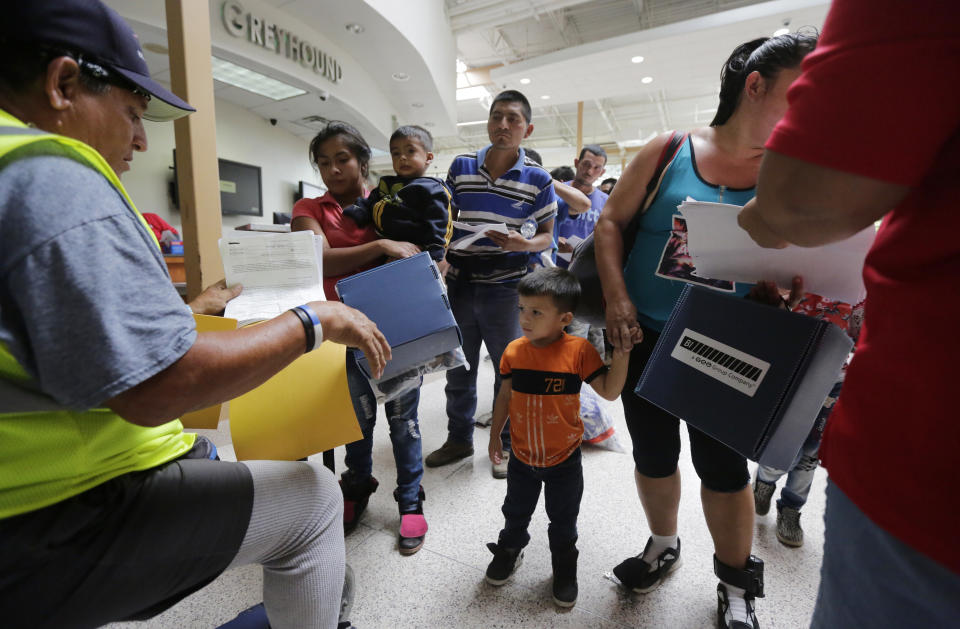
Wendy Young is president of Kids in Need of Defense, or KIND, which provides pro-bono legal representation to unaccompanied children in immigration proceedings and also recently sent a number of staffers on a fact-finding trip to Tijuana.
“I haven’t heard anything like that at all,” she said, when asked about the supposed uptick in migrants crossing the border with illness. She suggested that DHS is “trying to pass the buck” by blaming the recent deaths of children in their custody on other circumstances.
Young argued that by implementing policies that force asylum-seekers to spend more time in Mexico, where she described migrants living in “very substandard conditions [with] inadequate food, water and shelter,” the Trump administration is actually “creating circumstances in which children are certain to become ill.”
In her statement Wednesday, Nielsen also announced additional measures to ensure more thorough medical screenings for all children in Border Patrol custody, calling on the U.S. Coast Guard Medical Corps and the Department of Defense for assistance.
But Shapiro argued that “unless they bring in pediatric experts, they’re not going to meet needs of children.”
In the aftermath of Jakelin’s death earlier this month, the American Academy of Pediatrics and 13 other professional medical organizations wrote to Nielsen and McAleenan urging the implementation of “specific meaningful steps to ensure that all children and pregnant women in CBP custody receive appropriate medical and mental health screening and necessary follow-up care by trained providers.”
“Professional organizations around the country are clamoring, are begging our immigration officials to allow us to work with them to provide the proper care for children,” said Shapiro. It’s important that we can monitor the situation in these facilities and provide expert guidance to CBP and to DHS on the care of children in custody.”
AAP President Colleen Kraft, MD, told NBC News that she’d received a call from CBP Commissioner Kevin McAleenan this week.
“He recognizes that this is a problem,” Kraft told NBC News. “He was willing to start the conversation; we don’t have any details beyond that.”
Nielsen traveled to El Paso on Friday, where she was expected to visit several facilities run by U.S. Customs and Border Protection and hold meetings with local officials, medical professionals and emergency medical technicians. Her border tour was set to continue in Yuma, Ariz., on Saturday.
Read more from Yahoo News:



